HIV/AIDS Facts
Human Immunodeficiency Virus (HIV) attacks the immune system, the body’s natural defense against infections and illnesses. If left untreated, HIV can lead to AIDS, making a person vulnerable to serious infections and cancers.
HIV is primarily transmitted through unprotected sexual contact, sharing of needles or syringes, or mother-to-child transmission during childbirth, breastfeeding, or pregnancy. There is no cure for HIV, but antiretroviral therapy can help people living with HIV to live longer, healthier lives.
About 67 percent of all people living with HIV worldwide live in sub-Saharan Africa, making it the region most affected by HIV.
- In 2021, there were 20.6 million people with HIV (53%) in eastern and southern Africa, 5 million (13%) in western and central Africa.
- HIV is the leading cause of death in sub-Saharan Africa. Source: World Health Organization.
- As of 2020, an estimated 15.2 million children under the age of 18 have lost one or both parents to AIDS-related illnesses. Source: Joint United Nations Programme on HIV/AIDS and the United Nations Children’s Fund.
- HIV is accompanied by a twin epidemic of tuberculosis which seriously affects the HIV-negative population. Source: African Mission Healthcare.
- In 2020, 59 percent of all adults living with HIV in sub-Saharan Africa were women. Contributing factors include the vulnerability of the female genital tract to infection, as well as social and economic factors such as gender inequality, poverty, and lack of access to education and healthcare. Source: UNAIDS.
- Young people aged 15-24 years have a low level of knowledge about HIV prevention methods. Only 45 percent of young women and 35 percent of young men in this age group understand how to prevent/transmit HIV. Source: 2020 UNAIDS.
- In 2022, 12.7% of South Africa’s population lived with HIV, down from 14% in 2017. This equates to 7.8 million people. Women are disproportionately affected, with a 16.4% prevalence compared to 8.8% among men. The highest rates are seen in women aged 35–39 (34.2%) and men aged 45–49 (27.1%).
- In 2022, there were 232,400 new HIV infections in South Africa. Youth (15–24) accounted for about a third of these, reflecting the vulnerability of younger populations.
- About 80.9% of those living with HIV in 2022 were on antiretroviral therapy (ART), an increase from 63.7% in 2017. However, treatment disparities persist, with 83.2% of women receiving ART compared to 76.2% of men.
- Viral suppression stood at 81.4%, but men are less likely to achieve this due to lower treatment uptake.(
- Preventative measures include the distribution of male and female condoms, the rollout of pre-exposure prophylaxis (PrEP), and voluntary medical male circumcision. As of 2024, 1.3 million people were using PrEP in South Africa.
- Programs to prevent mother-to-child transmission remain crucial, and new prevention strategies like injectable PrEP are being explored
- Key populations, such as sex workers and men who have sex with men, continue to face barriers in accessing treatment and services. For example, 58% of female sex workers live with HIV, yet many are unaware of their status.
- Stigma and gender-based violence remain significant barriers, especially for women and young people.
For more information about HIV/AIDS:
National Library of Medicine: Updated Data and Methods for the 2023 UNAIDS HIV Estimates
